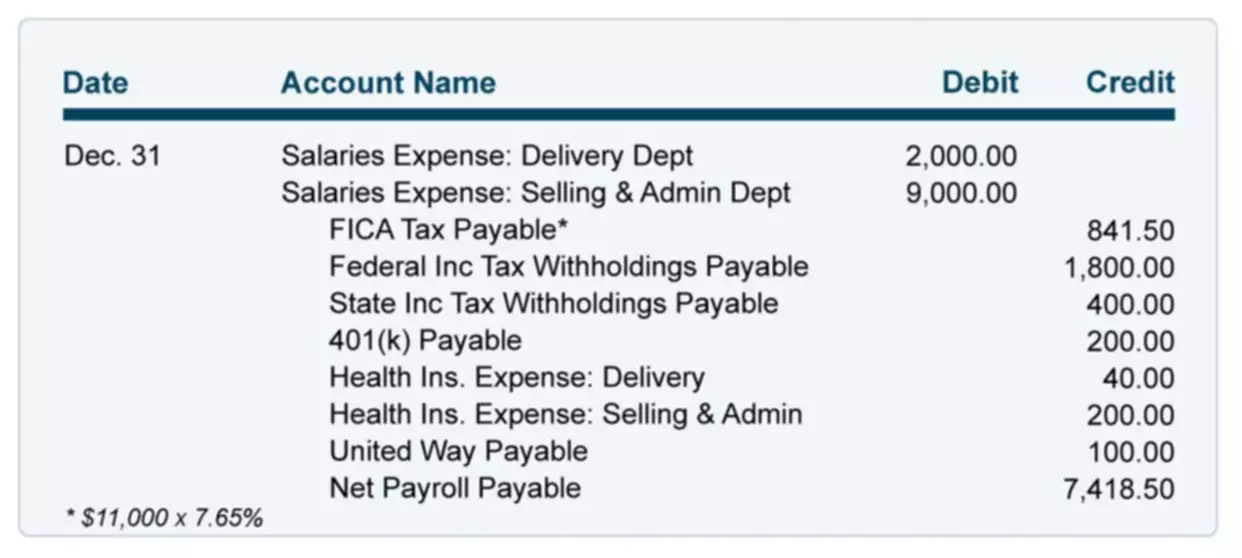Content

It has freed up a ton of time to fulfill other responsibilities and projects to help our business grow. Before deciding, always remember that states control how often you must pay employees. https://www.bookstime.com/ Check with your state since in some particular states you can’t use semi-monthly pay frequency. Employers need to process payroll fewer times in a year than with a bi-weekly schedule.
- The benefits of a bi-weekly payroll primarily help your employees, while perhaps helping keep your payroll work more consistent.
- However, semimonthly paychecks for full-time salaried employees account for 86.7 hours of work.
- Weekly payroll works best for hourly workers and employees with irregular schedules.
- Make mass payments in seconds, funding your whole payroll in a single click.
- Bureau of Labor Statistics, biweekly pay is the most popular payroll cycle in the U.S., with almost 37% of businesses opting to pay their employees biweekly.
- Annual leave will not be accrued with the August 12th bridge payment, but it will be doubled in the following August 26th pay.
If you have the flexibility, you might want to use a couple of different payment schedules depending on the types of employees you have on staff. States all have different laws that biweekly vs semimonthly payroll apply to payment frequencies. So, before you make a choice, make sure you use this resource from the Department of Labor to check if a payroll schedule is mandated by your state.
How to calculate biweekly pay
In case of holidays or weekends, the payment needs to be done in advance or delayed. This not only creates a lot of confusion but also disheartens the employees. Bi-weekly and semi-monthly pay are similar, but there are three key differences. When it comes to the way that your company handles payroll, you might find that there are various options available for you.
The four most common pay period options are weekly, biweekly, semimonthly, and monthly. But, biweekly and semi monthly can be confusing, as employees receive roughly two paychecks per month. In a biweekly pay period or schedule, the employee is set to receive a paycheck every other week. Usually, the employers distribute pay checks on Fridays sticking to the same day every pay week. Thus, in this pay period, the employee receives 26 pay checks annually. If an employee earns a fixed amount or is salaried, the pay check received will be of the same amount every time it is received. In the case of hourly pay, the amount in the paycheck may differ as it will be as per the number of hours worked in that specific pay cycle.
Bi-Weekly Cons
A biweekly payroll is when a company distributes paychecks every other week on the same day. If the chosen payday is Friday, employees will receive their paychecks every other Friday, totaling 26 paychecks for the year. Before choosing, keep in mind that states regulate how often employees must be paid and some states may not allow ceretain pay frequencies. Businesses should check with their state before choosing how often to run payroll. One of the most popular payroll cycles is biweekly pay, which means that you pay your employees every two weeks, with employees always paid on the same day.
